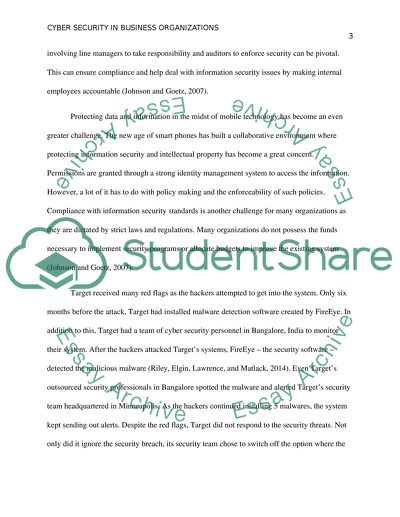Cite this document
(“Cyber Security in Business Organizations Case Study”, n.d.)
Cyber Security in Business Organizations Case Study. Retrieved from https://studentshare.org/information-technology/1694134-cyber-security-in-business-organizations
Cyber Security in Business Organizations Case Study. Retrieved from https://studentshare.org/information-technology/1694134-cyber-security-in-business-organizations
(Cyber Security in Business Organizations Case Study)
Cyber Security in Business Organizations Case Study. https://studentshare.org/information-technology/1694134-cyber-security-in-business-organizations.
Cyber Security in Business Organizations Case Study. https://studentshare.org/information-technology/1694134-cyber-security-in-business-organizations.
“Cyber Security in Business Organizations Case Study”, n.d. https://studentshare.org/information-technology/1694134-cyber-security-in-business-organizations.


